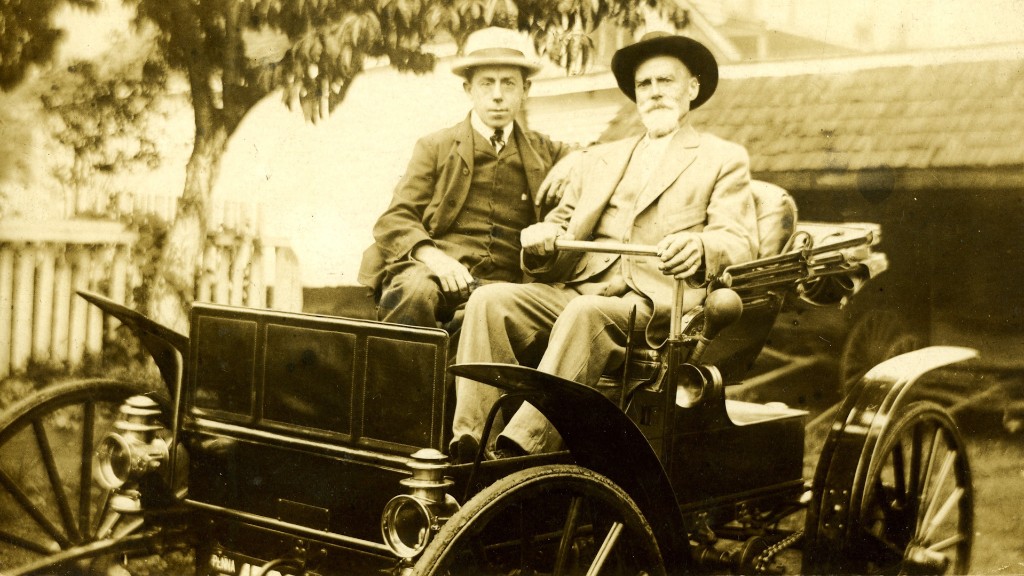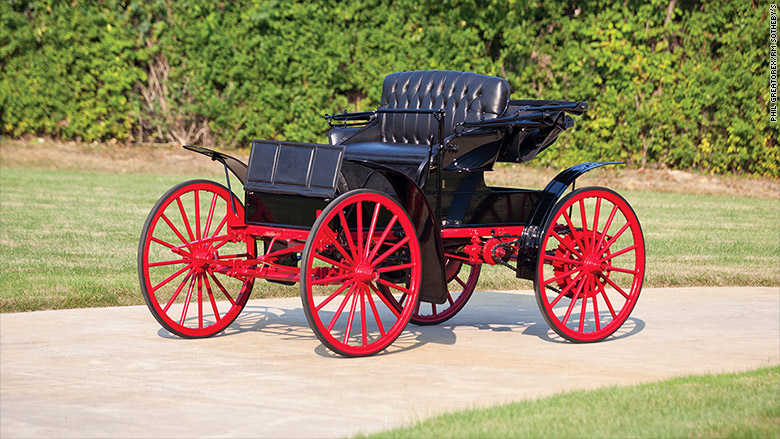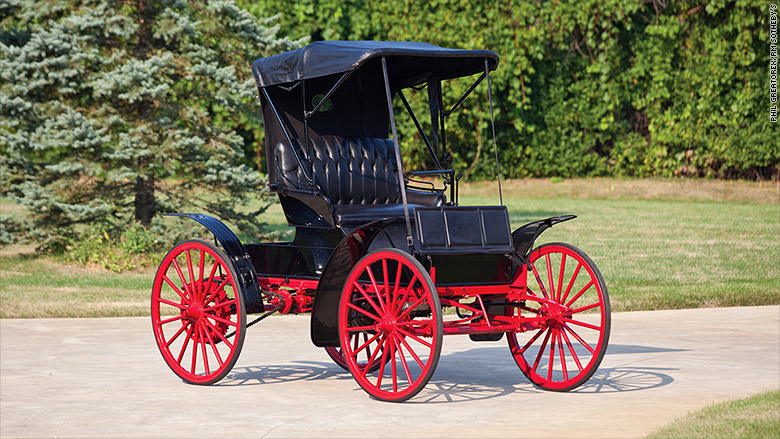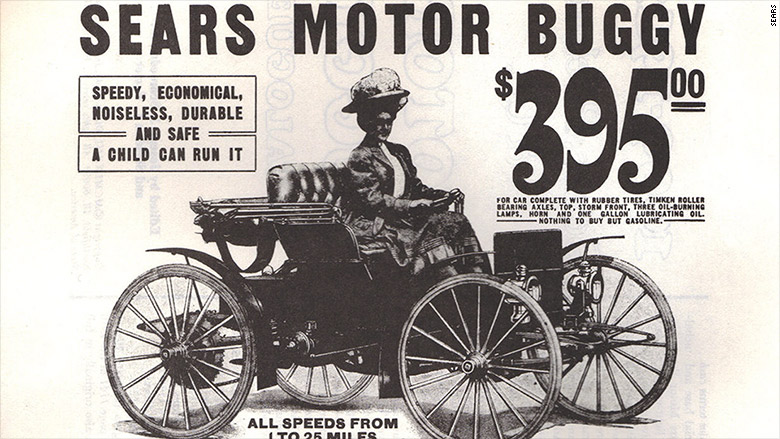
A century ago, Sears, Roebuck & Co. used to sell everything in its catalogs -- clothes, farm machines, and even all of the materials required to build an entire house. And for a while you could even buy the Sears Motor Buggy -- built in the company's very own Chicago car factory.
The Sears Motor Buggy debuted 1908, the same year as the Ford (F) Model T, a car that would go on to transform America.
The Sears vehicle did no such thing. In the 5 year period that it was available, just 3,500 were sold. Since then, the Sears Motor Buggy has been largely forgotten.
The car's base price was $395 -- half the cost of a Model T -- and it offered Americans, particularly those in rural areas, a way to ease into the automobile age.
The Sears Buggy was designed to be simple and easy to use -- "A child can run it," the ads said. And its tall 36-inch wheels it could bounce over the worst of America's almost entirely unpaved by-ways.

With engines that could crank out 10 horsepower, and in later years 14 horsepower, it could run at "any speed up to 25 miles an hour," the ads said.
"We don't believe that the average person wants to go whizzing along at 40 to 50 miles an hour," Sears proclaimed.
There was little danger of that happening in these cars.
John Daly runs the Web site SearsMotorBuggy.com and has frequently driven a Motor Buggy owned by his father.
"When you're going near the top speed of about 20 miles an hour, it feels like you're going 100," he said.

He's never managed to get it up to 25, he said. While its engineering wasn't sophisticated it was built from good high-quality parts, he said, like the Timken roller-bearings touted in its ads.
So-called high-wheel cars like the Motor Buggy were hardly cutting edge, even at the time. To modern eyes, they almost don't look like cars, but they offered a familiar carriage-like appearance that appealed to people who were nervous about this new world of automobiles. Plus those tall wheels that could bounce over ruts and carve through deep mud.
There were lots of car manufacturers in America at the time, many of which turned out a few thousand cars before going under or getting bought out by other automakers, said Stanley Sipko, curator of the Antique Automobile Club of America Museum in Hershey, Penn.

Sears wasn't even the only automaker to sell cars by direct mail, but it was a pioneer. The Metz Company of Waltham, Massachusetts, later sold its cars on a pretty unusual installment plan.
"Send in 25 dollars a month and they'd send you some parts," said automotive historian Kit Foster. "Eventually, you'd have a complete car."
The Motor Buggy wasn't be the last time Sears offered cars in its catalogs. In the early 1950s, Sears sold the Allstate. It was a re-branded Henry J two-door car made by Kaiser-Fazer. That foray only lasted about a year, from 1952 to 1953.
Sears' car-selling days are now a rapidly receding a speck in its rearview mirror. Indeed, there is currently real doubt as to whether Sears itself can keep puttering along at all.

